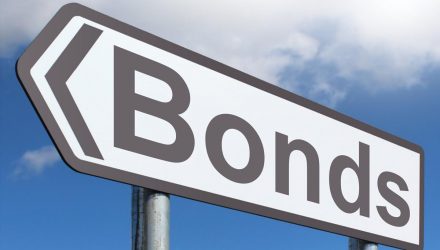Billions of dollars have flowed into bond exchange traded funds this year, reflecting the growing popularity of the easy-to-use investment vehicle among strategic fixed-income investors and tactical bond traders.
According to EPFR data, bond ETFs inflows have been positive every month so far this year and even hit a new record in June as a total of $135 billion was funneled into this ETF segment from January to August, with over 90% of the total inflows going into passive products, the Financial Times reports.
Fixed-income has been a popular play this year after the volatility in equities lat 2018 sent more to the relative safety of bonds, Jerome Schneider, a portfolio manager at Pimco who runs actively traded ETFs, told the FT.
There was also “renewed fear with where global growth has been headed” which also bolstered demand for bonds, he added.
However, Schneider warned that investors should not treat passive bond ETFs like they do with index-based equity ETFs. PIMCO has long warned that the market capitalization-weighted methodologies found in stock funds do not work for fixed-income. Following the traditional cap-weighted methodology, passive bond funds would result in more exposure to the most indebted companies.
Furthermore, the way bonds are traded is not comparable to how many would trade stocks.
“Most bond trading occurs via over-the-counter transactions and not on exchanges. Therefore, the majority of bond purchases and sales are not simple orders, but negotiations,” PIMCO analysts explained in a 2017 paper.
Given the differences that passive bond fund investors need to be aware of, the recent inflows into bond ETFs may suggest that more asset owners are looking to the investment vehicle as an easy way to go in and out of the market or reweight portfolios when they want to cut or gain risk.
“When you want quick exposure to the beta [volatility]— an ETF is a great tool to get that exposure,” Antoine Lesne, head of an ETF division at State Street, told FT. “You don’t have to take a lot of time picking a manager. You may just want it for a short time and you can leave very easily.”
Paul Syms, head of ETF fixed income product management for Emea at Invesco, also believed that some are choosing passive ETFs to complement active fund strategies in their portfolios or at least diversify with less risky components.
Syms also noted that investors may also be more aware of costs or even fed up with how some active bond managers are doing.
“Ten years on from the financial crisis we are still in a low-yield world, or negative-yield world in Europe… Investors are much more fee-conscious,” Syms added. “If you don’t believe a manager can add alpha then why not go to the low cost solution?”
For more information on the fixed-income markets, visit our bond ETFs category.

